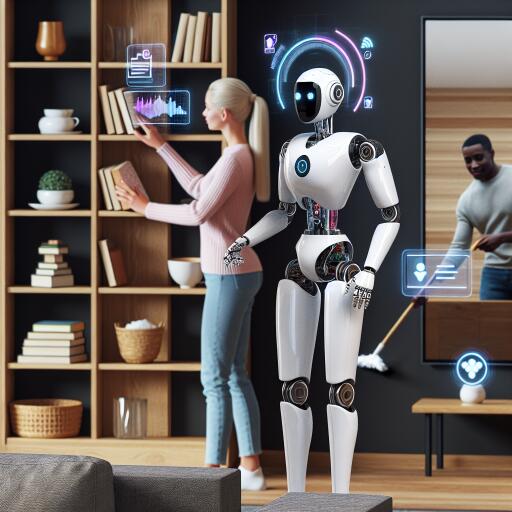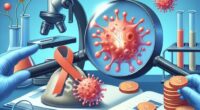Robot Learns Flexible Cleaning Skills by Observing Humans
In an innovative leap at Vienna University of Technology (TU Wien), researchers have charted a unique path to teaching robots. Moving away from the traditional hard-coding of rules, they have embraced a teaching methodology wherein a human demonstrator illustrates the cleaning process several times. This involves using a specially designed sponge to scrub the sink’s edge, allowing the robot to observe and learn the mimicked cleaning process. This approach not only facilitates robotic imitation of human behavior but also enables the adaptation to different object shapes. This ground-breaking research was unveiled at the International Conference on Intelligent Robots and Systems (IROS) 2024 in Abu Dhabi, a premier event in the realm of global robotics.
Beyond Just Cleaning: A Robotic Approach to Surface Treatment
The cleaning process is merely a segment of a larger family of surface treatment tasks, akin to industrial activities such as sanding, polishing, and painting. “While capturing a washbasin’s shape with cameras is straightforward, teaching the robot how to adjust movements, speed, angle, and pressure is much more complex,” states Prof. Andreas Kugi from TU Wien’s Automation and Control Institute. This highlights the intricate challenge of translating human-like actions into robotic commands.
Christian Hartl-Nesic, head of TU Wien’s Industrial Robotics group, elaborates further, noting that humans naturally acquire these skills through observation and experience. “During apprenticeships, mentors guide learners with specific instructions like ‘apply more pressure here.’ Our objective was to enable robots to learn in a similar fashion,” he remarks.
To accomplish this, the team crafted a specialized sponge embedded with force sensors and tracking markers. Through this innovative tool, humans were instructed to clean only the sink’s front edge multiple times. This generated extensive data that the robot could analyze, thus understanding and internalizing effective cleaning techniques.
Learning Through Data-Driven Modeling
The team at TU Wien employed an exceptional data processing strategy that integrates various machine-learning methods. Initially, the demonstration data is statistically processed, training a neural network on specific movement patterns, or “motion primitives.” This framework then empowers the robot’s arm to manoeuver the sponge with optimal efficacy across complex surface contours.
Remarkably, even though the robot only witnesses the cleaning of a singular sink edge, it is capable of generalizing this technique to entire sinks and other intricate surfaces. “The robot adapts the sponge’s grip and pressure based on surface contours, applying more force in curved areas and less on flat surfaces,” explains Christoph Unger, a PhD student in the Industrial Robotics group.
A Collaborative Future for Workshop Robots
The strides made by the team extend beyond the confines of cleaning, with foreseeable applications across diverse industrial sectors, including sanding wood, polishing car exteriors, and welding sheet metal. In the future, robots equipped with this learning algorithm could operate on mobile platforms, becoming flexible assistants throughout various workshops.
Looking to the horizon, TU Wien envisions a futuristic network of robots capable of sharing knowledge collectively. “Imagine a scenario where multiple workshops deploy self-learning robots for tasks like sanding and painting. Each robot could learn locally but disseminate critical insights to others, thus fostering collective intelligence while safeguarding individual data,” elucidates Prof. Kugi. This concept, known as “federated learning,” presents an opportunity for workshops to tap into a communal reservoir of robotic experience, significantly boosting the robots’ proficiency and capacity to learn.
In summary, TU Wien’s pioneering approach in teaching robots through human demonstration paves a promising path toward more intelligent and adaptable robotic systems. This not only holds potential for revolutionizing industrial processes but also suggests a future where robots and humans can work side by side, learning and progressing together.










